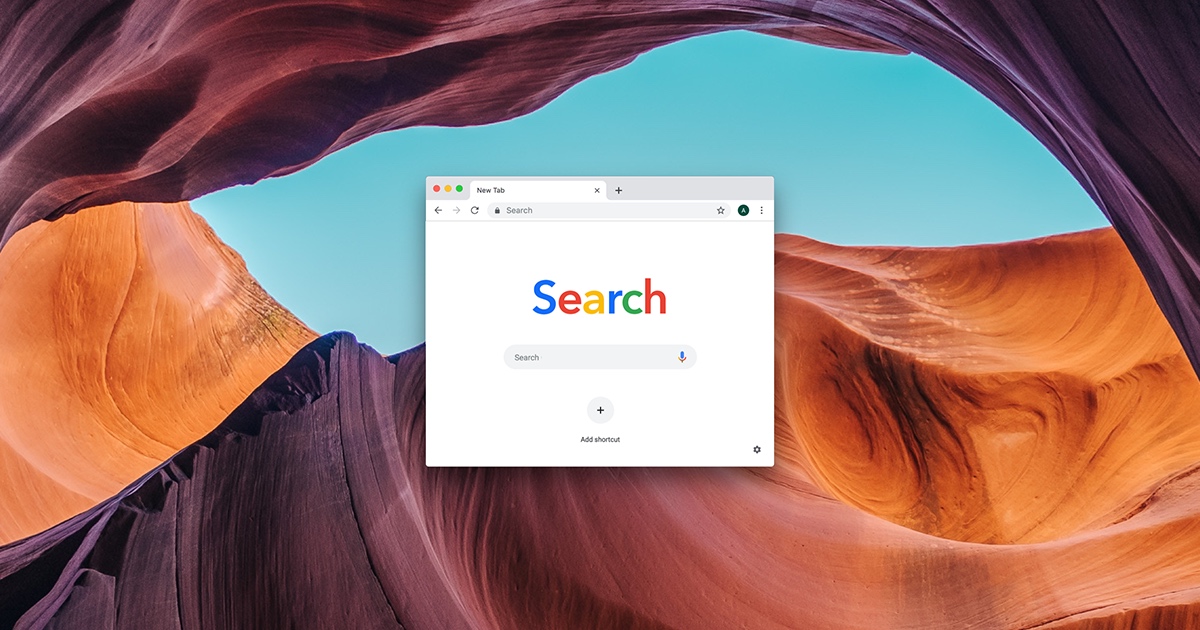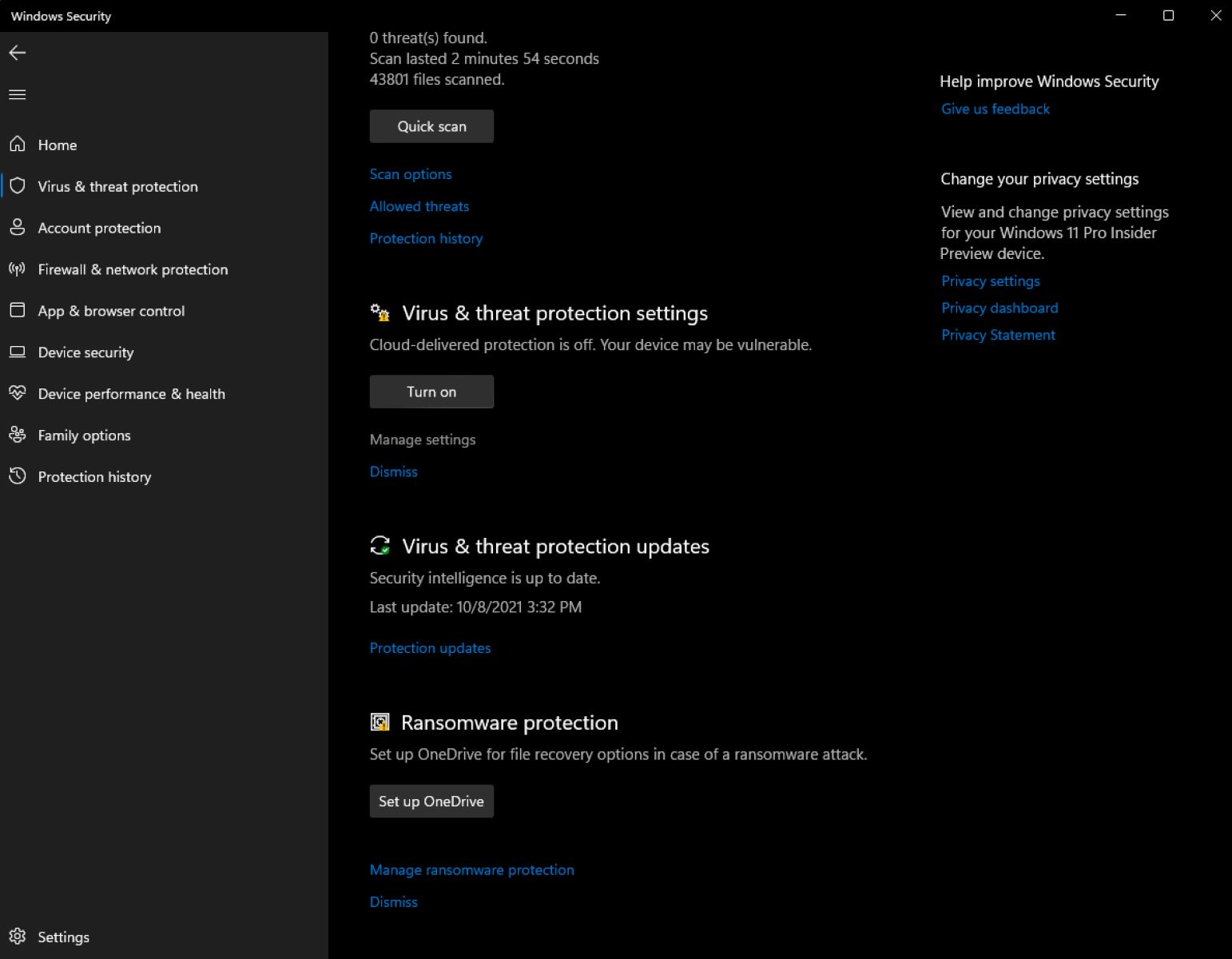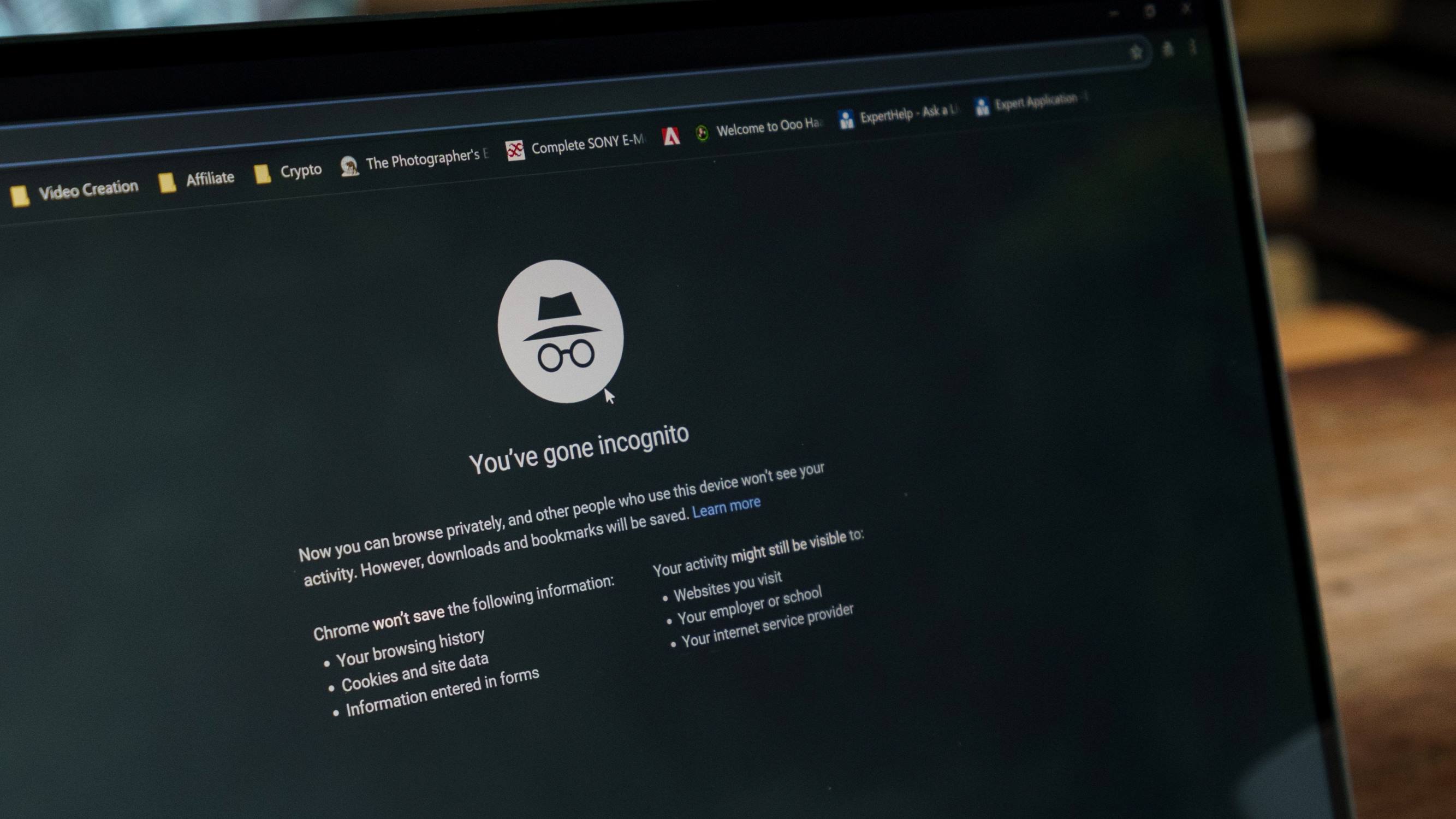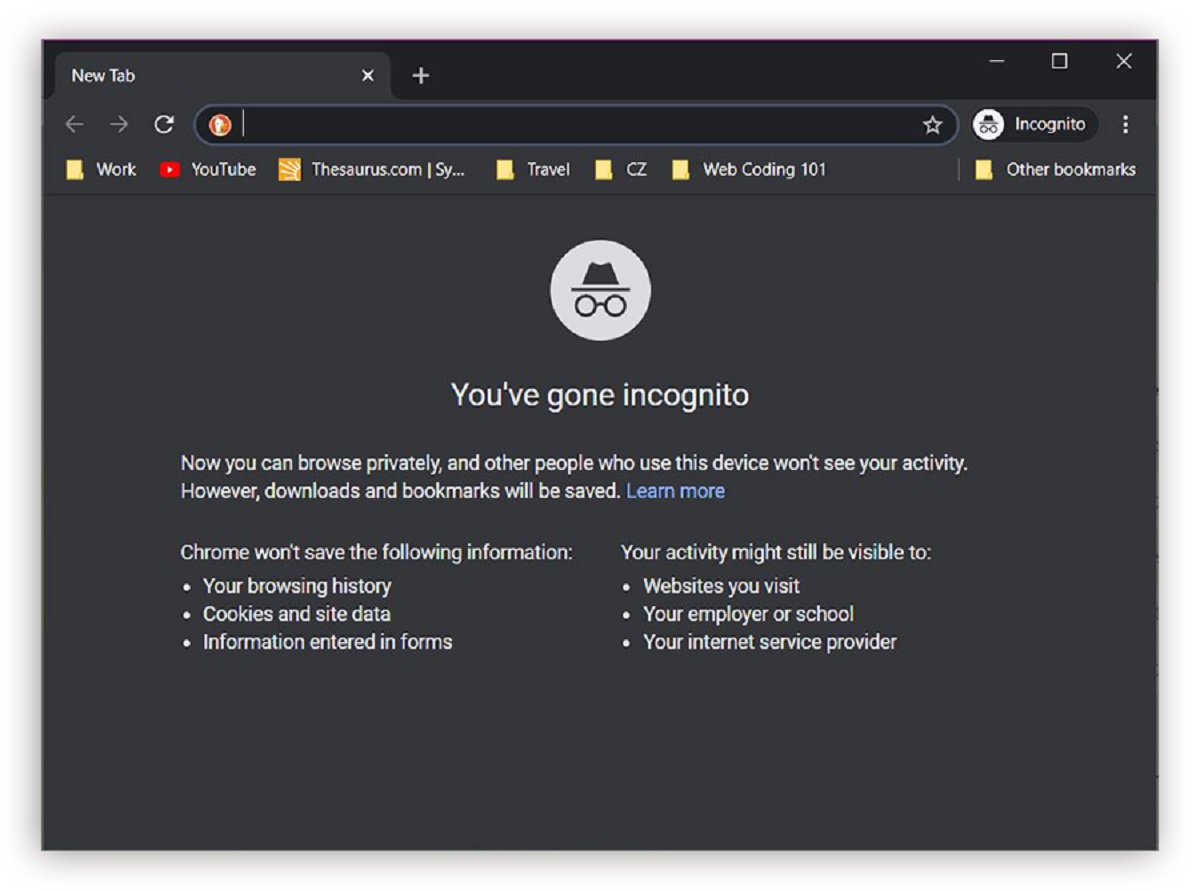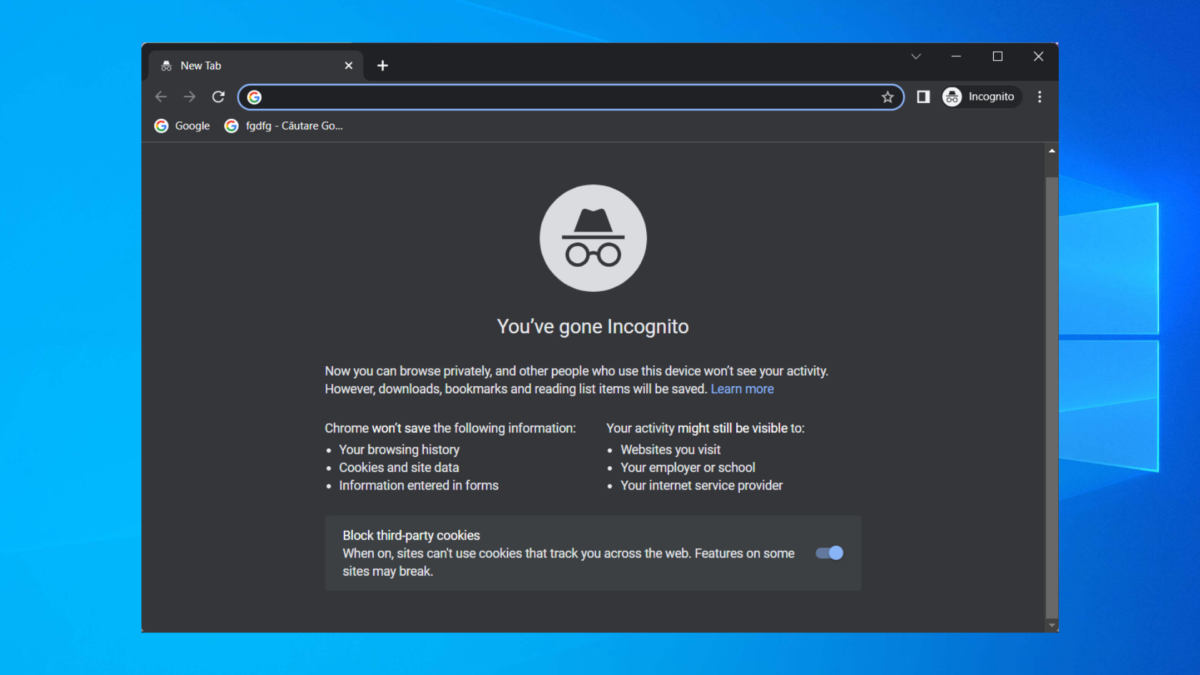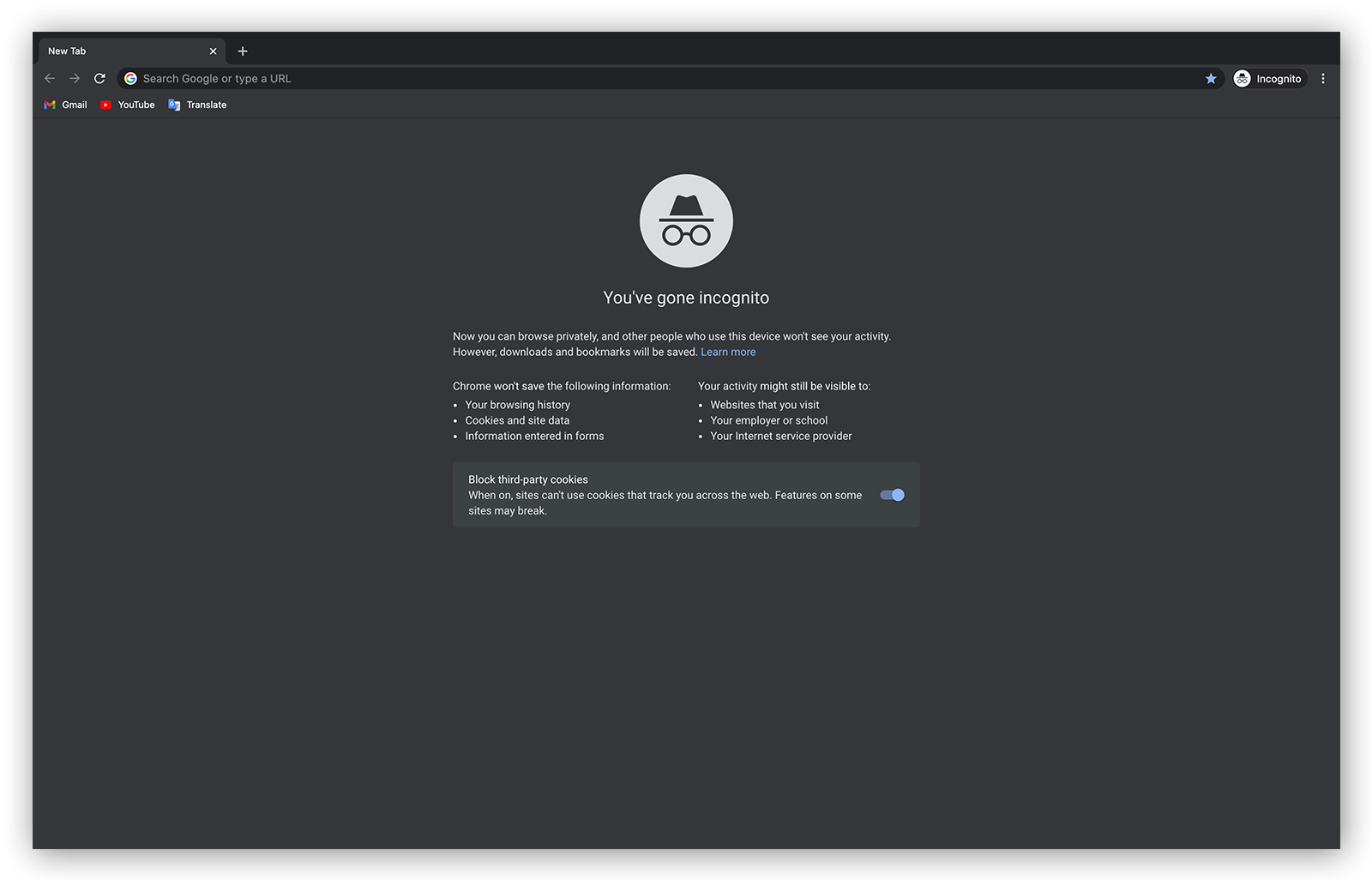Common Reasons for Chrome Not Opening on Mac
Experiencing issues with Google Chrome not opening on your Mac can be frustrating, especially when it disrupts your workflow or leisure time. However, understanding the common reasons behind this problem can help you troubleshoot and resolve the issue effectively.
-
Outdated Chrome Version: One of the primary reasons for Chrome not opening on your Mac could be an outdated version of the browser. Over time, Chrome releases updates to enhance performance, security, and compatibility with the latest Mac operating systems. If your Chrome version is outdated, it may encounter compatibility issues, leading to startup problems.
-
Corrupted User Profile: Sometimes, the user profile associated with Chrome can become corrupted, causing the browser to fail to launch. This can happen due to various reasons, such as unexpected system shutdowns, software conflicts, or file system errors. When the user profile is corrupted, Chrome may struggle to initiate the opening process.
-
Conflicting Software: Certain third-party applications or system utilities installed on your Mac might conflict with Chrome, preventing it from opening. These conflicts can arise due to incompatible software versions, conflicting system permissions, or resource allocation issues.
-
Network Connectivity Problems: Chrome heavily relies on network connectivity to function properly. If your Mac is experiencing network connectivity issues, such as DNS resolution problems, firewall restrictions, or proxy server misconfigurations, Chrome may fail to open or load web pages.
-
Insufficient System Resources: When your Mac is running low on system resources, such as RAM or disk space, it can impact the performance of all installed applications, including Chrome. In such cases, Chrome may struggle to open or may crash unexpectedly.
Understanding these common reasons for Chrome not opening on your Mac is the first step towards resolving the issue. By identifying the specific cause affecting your browser, you can take targeted steps to address the problem and restore Chrome's functionality on your Mac.
Checking for Software Updates
Ensuring that your software is up to date is crucial for maintaining the optimal performance and security of your Mac. When Google Chrome fails to open, checking for software updates should be one of the initial steps in your troubleshooting process.
Importance of Software Updates
Software updates, including those for your Mac's operating system and installed applications, often contain bug fixes, security patches, and performance enhancements. These updates are designed to address known issues, improve compatibility with other software and hardware, and bolster the overall stability of your system. By keeping your software updated, you can mitigate potential conflicts and vulnerabilities that may hinder the proper functioning of Google Chrome.
Updating macOS
To begin the process, navigate to the Apple menu in the top-left corner of your screen and select "System Preferences." From there, click on "Software Update" to check for any available macOS updates. If updates are found, follow the on-screen instructions to download and install them. Once the updates are installed, restart your Mac to ensure that the changes take effect.
Updating Google Chrome
After updating your macOS, it's essential to ensure that Google Chrome is also running the latest version. Launch Chrome and click on the three-dot menu icon in the top-right corner of the window. From the menu, navigate to "Help" and select "About Google Chrome." This action will prompt Chrome to check for updates and install them if available. Following the update, relaunch Chrome to see if the issue persists.
Additional Considerations
In some cases, software updates may not directly resolve the issue of Chrome not opening on your Mac. However, keeping your system and applications updated is a fundamental practice that can contribute to a more stable and secure computing environment. By proactively maintaining software updates, you can minimize the likelihood of encountering compatibility issues and security vulnerabilities that could impact the performance of Google Chrome and other software on your Mac.
By prioritizing the regular checking and installation of software updates, you can establish a proactive approach to system maintenance, ensuring that your Mac and its applications are equipped with the latest improvements and security enhancements. This proactive stance can help mitigate potential issues and contribute to a smoother and more reliable computing experience.
Remember, staying vigilant about software updates is not only beneficial for addressing immediate concerns but also for safeguarding the long-term health and performance of your Mac.
Clearing Cache and Cookies
Clearing the cache and cookies in Google Chrome can often resolve issues related to the browser not opening on your Mac. The cache and cookies are temporary files stored by the browser to improve the speed and performance of web browsing. However, over time, these files can become corrupted or outdated, leading to various browsing problems, including startup issues.
To clear the cache and cookies in Chrome, start by launching the browser and clicking on the three-dot menu icon in the top-right corner of the window. From the menu, select "Settings" and scroll down to click on "Privacy and security" in the left-hand sidebar. Under this section, choose "Clear browsing data." This action will open a window where you can select the types of data to clear, including browsing history, cookies, and cached images and files. Ensure that the appropriate options are selected, and then click on "Clear data" to initiate the process.
By clearing the cache and cookies, you effectively remove temporary files and website data that may be causing conflicts or hindering the proper functioning of Chrome. This process can help refresh the browser's state and eliminate any problematic data that could be preventing it from opening on your Mac.
After clearing the cache and cookies, relaunch Chrome to see if the issue persists. In many cases, this simple yet effective maintenance task can restore the browser's functionality and resolve the opening problem. Additionally, clearing the cache and cookies can contribute to improved browsing performance and may address other browsing-related issues, such as slow page loading or unresponsive web elements.
It's important to note that clearing the cache and cookies will log you out of websites and remove any custom settings associated with them. However, this is a standard part of the process and can help ensure that you are working with a clean slate in Chrome. After clearing the cache and cookies, you can log back into your preferred websites and reconfigure any necessary settings to personalize your browsing experience.
In summary, clearing the cache and cookies in Google Chrome is a valuable troubleshooting step for addressing the issue of the browser not opening on your Mac. By performing this maintenance task, you can eliminate potentially problematic data and refresh the browser's state, ultimately contributing to a smoother and more reliable browsing experience.
Disabling Extensions and Plugins
When Google Chrome encounters issues with opening on your Mac, one potential culprit could be problematic extensions or plugins. Extensions are additional software components that enhance the functionality of the browser, while plugins are used to display specific content, such as multimedia or interactive elements, within web pages. While these add-ons can enrich your browsing experience, they can also introduce conflicts or errors that hinder Chrome's startup process.
To address this, you can disable extensions and plugins in Chrome to isolate any potential sources of the problem. Start by launching Chrome and entering "chrome://extensions/" in the address bar. This will take you to the Extensions page, where you can view a list of all installed extensions. To disable an extension, simply toggle the switch next to it to the off position.
Similarly, to manage plugins, type "chrome://plugins/" in the address bar to access the Plugins page. Here, you can disable individual plugins by clicking on the "Disable" link below each entry.
By disabling extensions and plugins, you effectively deactivate their functionality within Chrome, allowing you to assess whether any of these add-ons were contributing to the browser's failure to open. After disabling the extensions and plugins, relaunch Chrome to see if the issue has been resolved.
If Chrome opens successfully after disabling the extensions and plugins, you can then proceed to re-enable them one by one, testing the browser's functionality after each reactivation. This step-by-step approach can help you identify the specific extension or plugin that may be causing the opening problem. Once the problematic add-on is pinpointed, you can choose to keep it disabled or seek an updated version that addresses the compatibility or performance issues.
It's important to note that some extensions and plugins may be integral to your browsing experience, such as those used for essential functionalities or security measures. In such cases, it's advisable to ensure that these add-ons are updated to their latest versions, as outdated or incompatible extensions and plugins can significantly impact Chrome's performance.
By systematically disabling and evaluating extensions and plugins, you can gain insights into their impact on Chrome's opening behavior. This process allows you to take informed actions to optimize the browser's performance and stability, ensuring a more seamless and reliable browsing experience on your Mac.
Resetting Chrome Settings
Resetting Chrome settings can serve as a powerful troubleshooting tool when you encounter issues with the browser not opening on your Mac. This process effectively restores Chrome to its default state, eliminating potential misconfigurations, corrupted settings, or conflicting preferences that may be impeding the browser's functionality.
To initiate the reset, begin by launching Google Chrome on your Mac. Next, click on the three-dot menu icon in the top-right corner of the window and select "Settings" from the dropdown menu. Within the Settings page, scroll down and click on "Advanced" to reveal additional options. Under the "Reset and clean up" section, choose "Restore settings to their original defaults."
Upon selecting this option, Chrome will present a confirmation dialog outlining the changes that will occur as a result of the reset. This includes the restoration of default search engine settings, homepage and tab configurations, as well as the disabling of extensions and themes. Additionally, cookies, site data, and cached images will be cleared, and Chrome's content settings will be reset.
It's important to note that resetting Chrome settings does not affect your bookmarks, saved passwords, or browsing history. These essential personal data remain intact, ensuring that your personalized browsing experience is preserved even after the reset.
After confirming the reset, Chrome will proceed to restore its default settings, effectively eliminating any potential configuration issues that may have been hindering the browser's ability to open on your Mac. Once the process is complete, relaunch Chrome to determine if the issue has been resolved.
Resetting Chrome settings serves as a comprehensive approach to troubleshooting opening issues, as it addresses a wide range of potential configuration-related problems. By restoring the browser to its default state, you effectively eliminate the complexities that may have arisen from customized settings, extensions, or preferences, allowing Chrome to initiate with a clean and standardized configuration.
In the event that the browser successfully opens after the reset, you can gradually reconfigure your preferred settings and re-enable essential extensions, ensuring that Chrome aligns with your personalized browsing requirements while maintaining a stable and functional state.
In summary, resetting Chrome settings offers a systematic and comprehensive method for addressing opening issues on your Mac. By restoring the browser to its default state, you can effectively eliminate potential configuration conflicts and misconfigurations, paving the way for a more reliable and seamless browsing experience.
Reinstalling Chrome
When troubleshooting issues with Google Chrome not opening on your Mac, reinstalling the browser can be a decisive step in resolving persistent problems. Reinstallation involves removing the existing installation of Chrome and then installing a fresh copy, effectively addressing potential software corruption, incomplete updates, or system-specific conflicts that may be impeding the browser's functionality.
To begin the reinstallation process, start by ensuring that all instances of Chrome are closed on your Mac. Next, navigate to the "Applications" folder and locate the Google Chrome application. Drag the Chrome icon to the Trash to uninstall the browser from your system. Additionally, it's advisable to remove any associated Chrome data, such as preferences and cache files, to ensure a clean reinstallation.
After removing the existing Chrome installation, visit the official Google Chrome website to download the latest version of the browser. Once the download is complete, open the installation file and follow the on-screen instructions to install Chrome on your Mac. During the installation process, you may be prompted to authenticate with your administrator password to authorize the installation.
Upon successful installation, launch the newly installed Chrome to verify if the browser opens without encountering the previous issues. Reinstalling Chrome effectively provides a fresh start, ensuring that any underlying software corruption or conflicts are addressed, and the browser is installed with the latest updates and compatibility enhancements.
Reinstalling Chrome is a comprehensive approach that can yield significant improvements in the browser's performance and stability. By removing the existing installation and replacing it with a clean copy, you create an environment where potential software-related issues are mitigated, allowing Chrome to function optimally on your Mac.
In summary, reinstalling Chrome offers a strategic solution for addressing persistent opening issues, providing a clean slate for the browser to operate without the hindrances that may have affected its previous installation. This approach can serve as a pivotal step in your troubleshooting efforts, contributing to a more reliable and seamless browsing experience on your Mac.
Contacting Chrome Support
In situations where troubleshooting steps have been exhausted and Google Chrome continues to exhibit issues with opening on your Mac, reaching out to Chrome Support can provide valuable assistance and insights. Chrome Support offers a dedicated platform for users to seek guidance, report issues, and receive personalized assistance from knowledgeable support professionals.
To initiate contact with Chrome Support, you can visit the official Google Chrome Help Center website. Here, you will find a wealth of resources, including FAQs, troubleshooting guides, and community forums where users can exchange insights and seek assistance from fellow Chrome enthusiasts. The Help Center serves as a valuable self-service resource, offering a vast repository of information that can aid in resolving common issues and understanding the intricacies of Chrome's functionality.
If the resources available in the Help Center do not address your specific concern, you can explore the option to directly contact Chrome Support. The Help Center typically provides avenues for reaching out to support representatives, such as through email, live chat, or submitting support tickets. These channels enable you to convey the details of the issue you are experiencing, allowing support professionals to provide tailored guidance and recommendations based on your specific circumstances.
When reaching out to Chrome Support, it is beneficial to provide comprehensive details regarding the issue, including any error messages, recent changes to your system, and the specific behaviors exhibited by Chrome. By furnishing this information, support professionals can gain a deeper understanding of the problem and offer targeted assistance, potentially expediting the resolution process.
Engaging with Chrome Support not only facilitates the resolution of immediate issues but also contributes to the ongoing improvement of the Chrome browser. Feedback and insights shared with support representatives can inform the development of future updates and enhancements, ensuring that the browsing experience for all users, including Mac users, continues to evolve and improve.
In essence, contacting Chrome Support serves as a valuable resource for users encountering persistent issues with Chrome not opening on their Mac. By leveraging the expertise and guidance offered by support professionals, users can navigate complex technical challenges and gain a deeper understanding of Chrome's functionality, ultimately fostering a more reliable and satisfying browsing experience.
Remember, Chrome Support is dedicated to assisting users in overcoming challenges and maximizing the potential of the Chrome browser, making it a valuable resource for addressing and resolving issues encountered on Mac systems.







